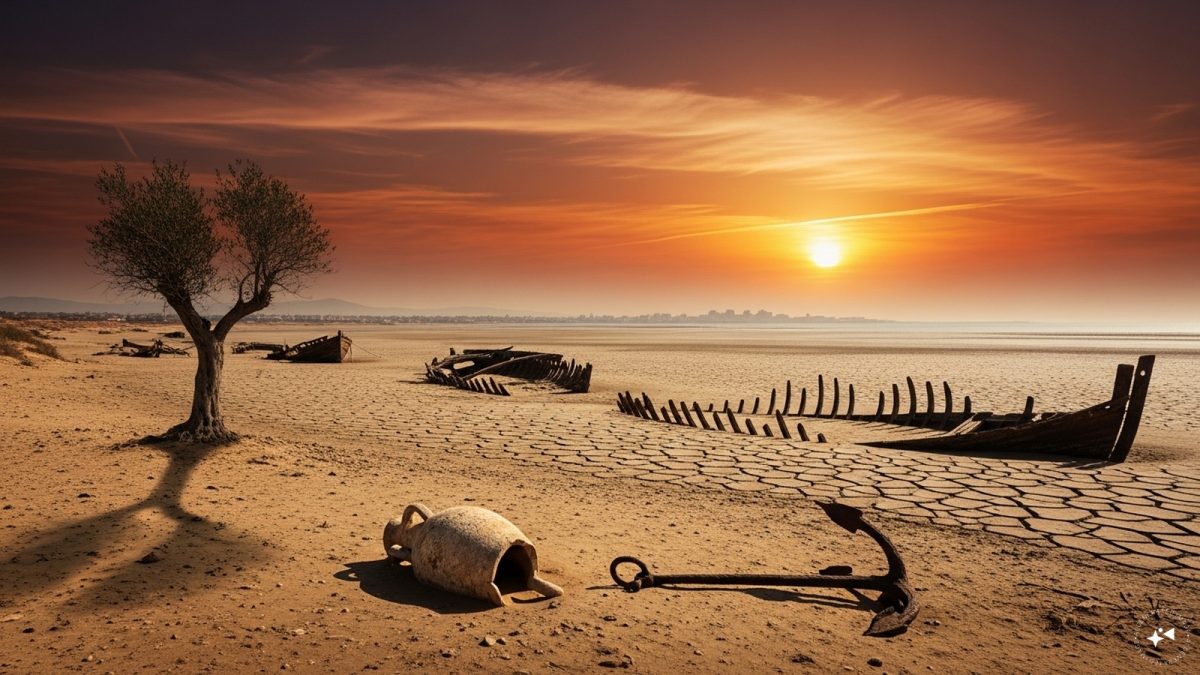In the high hills of north-eastern Sicily, the scars of a storm still mark the village of Saponara. Walls streaked with mud, the mailbox was smeared with dry dirt, half-empty bottles and food lie untouched. The traces of violent weather that swept the area on February 2 is still visible after rains turn the street into rivers in just a few seconds.
The mayor of Saponara, Giuseppe Merlino, surveyed the areas of the village affected by mudslides which occurred in August. After surveying one witnessed that after a few hours of rains, the flood destroyed houses, buried gardens, and left 12 families displaced.
Warning to Europe
Sicily which was once long known for its blazing sun and timeless charm, now stands as a warning to Europe. It has lost its significance and the island is heating up faster than ever. It was once described by a writer Luigi Pirandello as “bare, without shade, where even the wind seems to be on fire,” the island has already been plunged into the furnace of the 21st century, with some areas having surpassed 2°C of warming.
In 2021, Syracuse hit about 48.8°C, which was recorded as Europe’s highest temperature. Fire, floods, and storms are no longer a distinct identity for the locals and they’re a part of the rhythm of life there.
An explosive cocktail
Each year, the largest island in the Mediterranean endures the dramatic effects of climate change. Climatologist Davide Faranda calls it an “explosive cocktail.” Even a slight wind causes a lot of humidity to the air.
“Sicily is facing two consequences of global warming: heat waves, with long droughts that are becoming more frequent, but also stormy or low-pressure weather events that are growing increasingly violent due to the extreme temperatures of the Mediterranean,” explained Davide.
Yet, amid the hardship, resilience takes root. Sicily’s past might save its future but the present is really alarming and needs urgent attention. What really is alarming is that Sicily has become Europe’s climate laboratory which is a place where the future is already unfolding and the Mediterranean’s next desert is already taking shape.
)